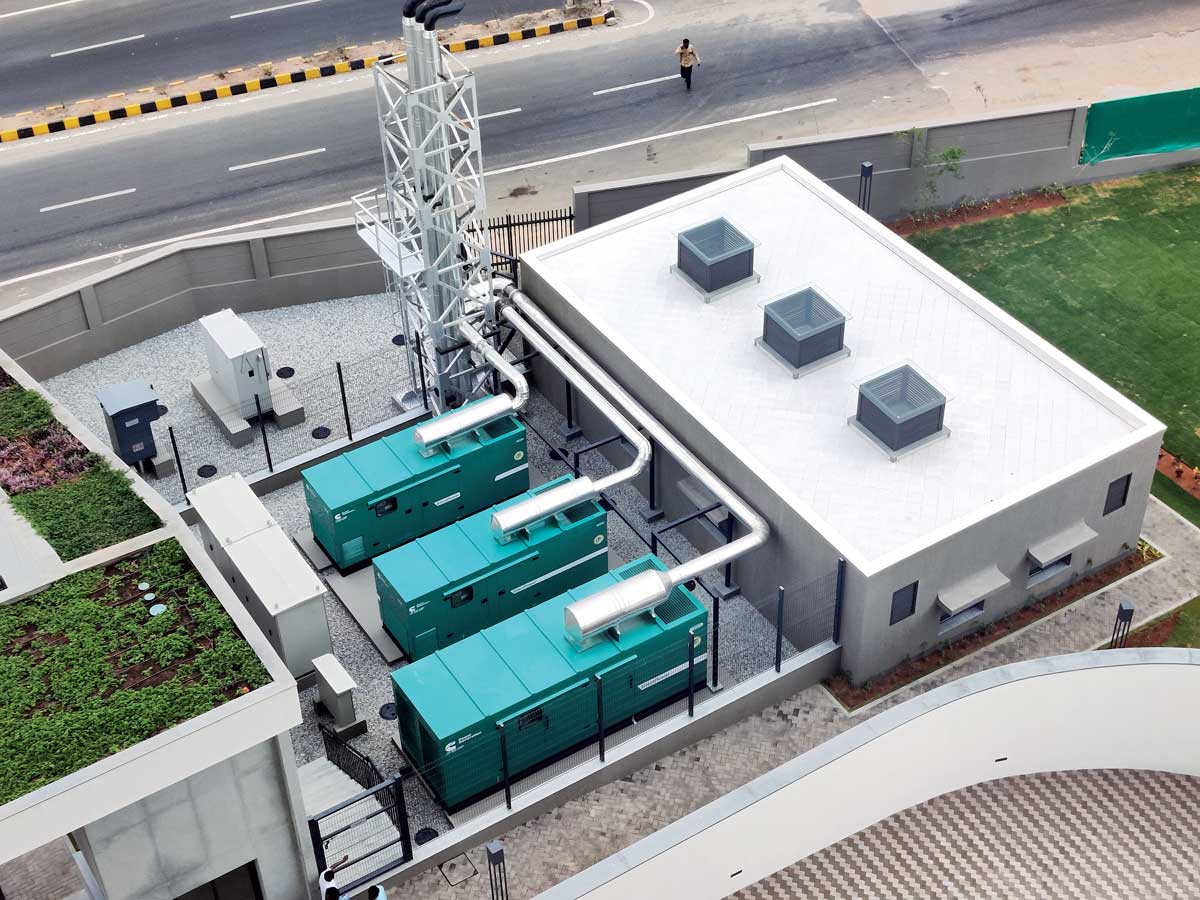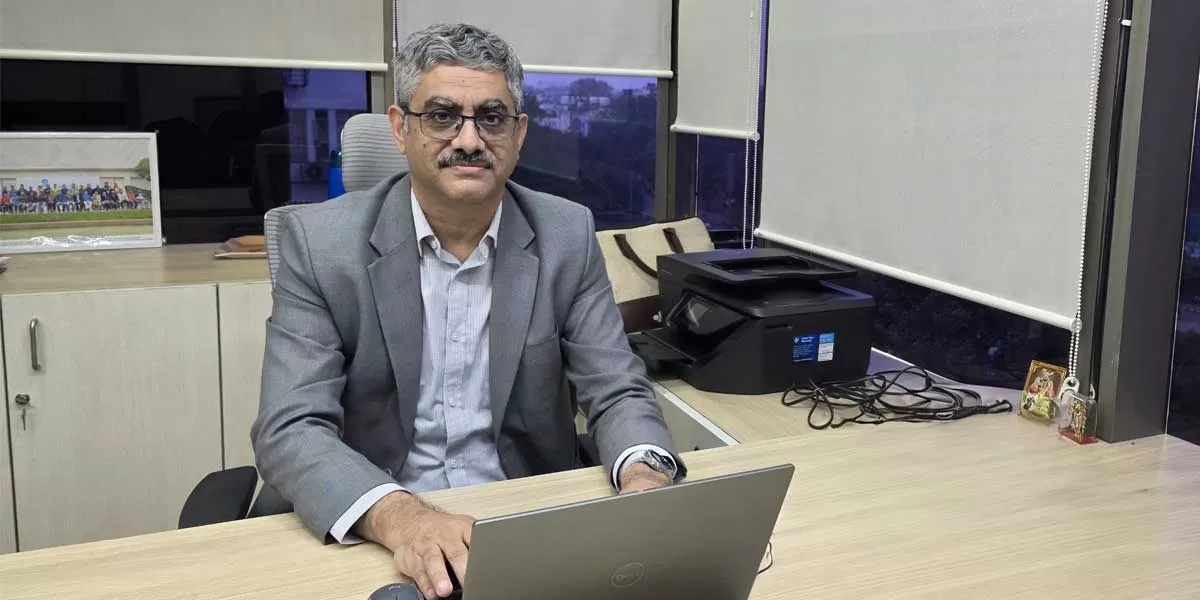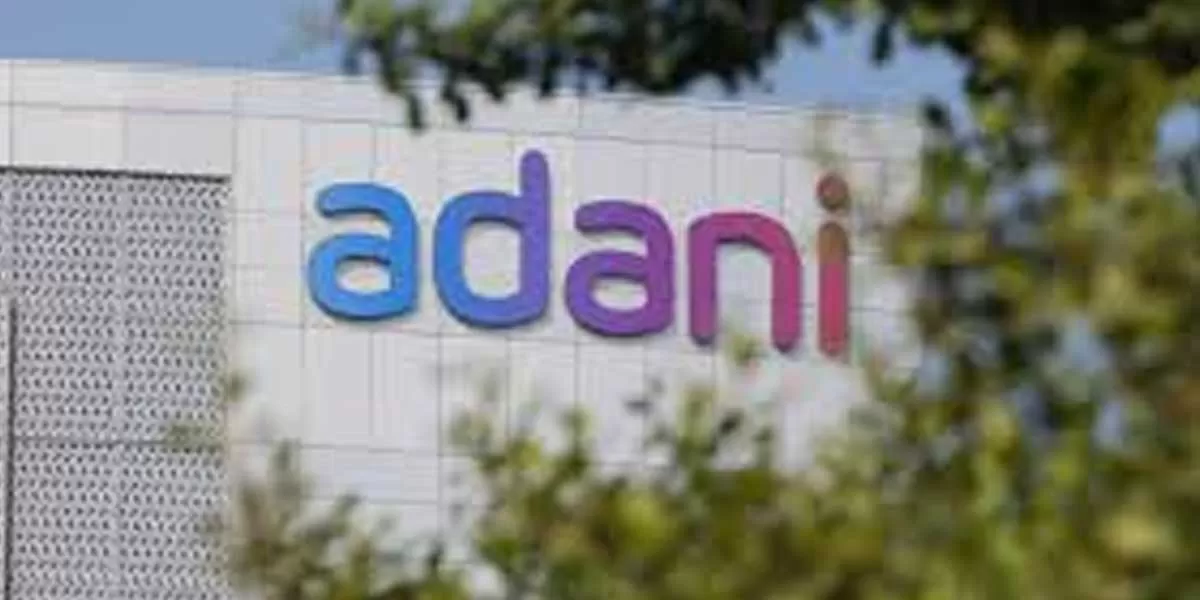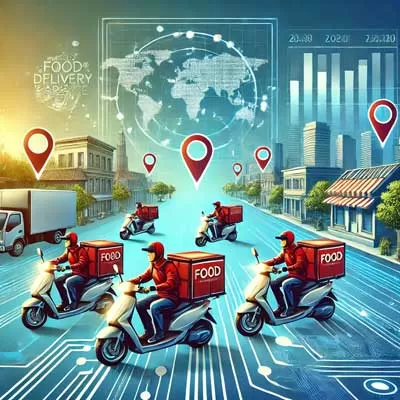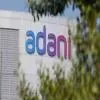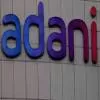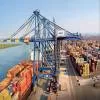Estimated at Rs 7,722.4 crore in 2022, the Indian diesel generator market is expected to touch Rs 15,158.8 crore by 2030, expanding at a CAGR of 8.8 per cent, according to P&S Intelligence. Within this market, the commercial segment is expected to achieve a CAGR of 10 per cent, on the back of construction activity and the growing need for reliable power supply. That said, residential buildings account for the largest share of the market by revenue. CW spoke to a few real-estate developers to identify their preferred technologies for construction sites as well as finished buildings, and further value additions they would like to see.Gensets for construction sites“When purchasing gensets for construction sites, we consider the capacity at various levels to accommodate the site’s fluctuating power needs,” says Raman Sapru, Director, Design and Engineering, K Raheja Corp. “We also take into account fuel economy and cost along with silent enclosures to minimise noise pollution and look for mobility provisions such as wheels or trailer attachments for easy transportation. The genset should comply with Chief Fire Officer guidelines, including the provision of a maximum day tank capacity. Engine performance ensures the genset can handle peak loads, non-peak loads and unlimited surges effectively. Additionally, assessing repair and maintenance costs helps in efficient budget planning. The availability of spares and a reliable service centre network are also key factors.”“For gensets deployed on construction sites, we look for fuel-efficiency, portability and durability, and we also evaluate the power output and noise levels,” says PV Shesha Reddy, Director, Admin, Mana Projects. “As DG sets on construction sites run continuously, we look for heavy-duty prime continuous-rated models,” says Sudhir Himatsingka, AVP, Contracts & Procurements, Ambuja Neotia. “We also evaluate the starting load acceptance of the engine and prefer engines that can sustain the continuous supply of power needed when heavy-duty motors of various construction equipment are started. The engine should also be capable of withstanding fluctuating load and block load, and offer an efficient governor response time during the operation of various construction equipment. We prefer engines that deliver better fuel-efficiency at variable loads, especially when the load is low, cost less to maintain and comply with the latest Central Pollution Control Board (CPCB) norms.” “We first make sure the genset conforms to the norms set by the CPCB and then, on construction sites, we look for a wide range of ratings to cater to diverse equipment such as hand drills, chain saws, battery chargers, electrical welders, etc,” says Devaraja TH, Executive Vice President and HOD, M&E, Electrical and HVAC, Sobha Ltd. “As construction happens both through the day and night, the genset must meet the need for lighting. And as construction is a long-drawn process, we look for fuel-efficiency, dependability and excellent services to ensure the turnaround time is minimal. Construction sites are usually in the midst of cities, so the gensets should emit less noise and emissions, in addition to being able to take the surge load.” Portability is another desirable feature as a single genset may not be able to power an entire construction site, which is typically spread over several thousand million sq ft, he adds. “Therefore, we use portable gensets of different wattages across the construction site. Inbuilt automatic mains failure is another must-have feature, to automatically power on the machine when the power fails and save time.” Gensets for buildingsSome desirable inbuilt features for gensets provided in completed projects are easy and seamless synchronisation, the ability to digitally monitor and control the genset from anywhere and compactness in size, says Devaraja.“For real-estate buildings, we prioritise size, capacity, the availability of an automatic transfer switch, the type of fuel that the machine uses, noise levels and maintenance requirements,” says Reddy. “Our selection process is entirely based on the quality of the product and its adherence to various codes and standards, including those set by the Bureau of Indian Standards, as well as environmental and eco-friendly considerations.”“DG sets installed for backup power supply in real estate are operated only when the grow power fails and hence, for those, we look for engines that are either standby or prime-rated,” adds Himatsingka. “Better fuel-efficiency at variable loads, especially at low loads, is another must-have feature. We look for compact sets that offer a constant output voltage/frequency, with digital automatic voltage regulators in the alternator for a better and faster response when needed and automatic start during power failure. Modbus connectivity helps ensure that the set can be properly monitored/controlled from a remote/centralised location when it is integrated with the BMS. We also want engines that cost less to maintain and comply with the latest CPCB norms.”“While brands like Kirloskar and Cummins are known for their reliability and efficiency in terms of voltage, power factors and overall performance, the most crucial factor is the size of the genset,” says Abhishek M Garodia, Managing Director, Garodia Group. “Given the limited space available in most projects, compact generators are highly preferred. The ability to provision the same output in a smaller footprint is essential. Additionally, smaller gensets are easier to transport to the installation site. Suppliers who offer gensets in a knockdown condition, allowing for easy assembly onsite, are often favoured. Although cost is a factor, compact size and on-site assembly capability are considered more important.”“For real-estate buildings, we prioritise features to ensure customer satisfaction,” says Sapru. “We provide solutions with the capacity to carry heavy loads for long durations, to ensure that the power requirements of various appliances and equipment are handled without any hurdles. Additionally, we prioritise solutions that can quickly take up the full load, allowing for seamless and efficient power supply as soon as it’s required. We also consider fuel economy and the cost of the unit. To ensure continuous backup with maximum power at a variable load for longer duration, we use prime-rated gensets. We create silent enclosures for the least disturbance. We pay attention to repair and maintenance costs. We check on the availability of spares and a robust service centre network. Our aim is to provide user-friendly solutions that enable convenient power connectivity and operation, simplifying the overall experience for our customers.”New technologiesSeveral new genset technologies developed in recent years offer advantages over traditional gensets, says Reddy. “These include hybrid power systems, variable speed gensets, remote monitoring and control, power management systems and low-emission engines. As a future-forward brand, we have incorporated these new technologies and look forward to new features that offer better efficiency, less emissions and improved reliability.”“We find advanced fuel-efficiency and emissions reduction systems to be highly valuable,” adds Garodia. “Features like smart load management, remote monitoring, seamless integration with renewable energy sources and automatic load management are essential for efficient operations. Ultimately, we prioritise technologies that enhance sustainability, reliability and operational flexibility for our projects.”“We’re using CPCB-II standard DG sets with engines governed mechanically or electronically (based on the rating/capacity of the set) for better protection and fuel efficiency,” shares Himatsingka.“Several advancements are showing promise in enhancing performance, efficiency, reliability and sustainability,” says Sapru. “For instance, IoT-driven fuel systems can optimise fuel consumption through real-time monitoring, reducing wastage. AI-powered engines can analyse data to predict and prevent breakdowns, which leads to minimising downtime. Gensets with combined engine cooling systems can ensure optimal performances in adverse weather conditions. The least Cost of Energy and Net Present Cost models optimise cost-effectiveness. Engines with reduced carbon emissions contribute to the sustainability of our environment.”User’s wishlist“When the CPCB-IV standard is implemented in the near future, we expect both the upfront and operational cost of DG sets to considerably increase,” says Himatsingka. “The engine design will be revised to a fully electronic-governed CRDI high-pressure fuel system, which is less fuel-efficient than the present standard and, so, the quality of the fuel will become the most important factor driving performance. CPCB-IV standard DG sets will also have a urea distillation system.”“We would like to see lower rating/capacity DG sets driven by bio diesel or natural gas without compromising the emission standard and the operating cost,” he adds. “Higher rating/capacity sets powered by hydrogen gas to reduce emissions and optimise the operating cost have been designed/introduced by a few OEMs (Force MTU) but commercial production is still a couple of years away.”“Given the increasing demand for gensets across sites, attempts must be made to improvise on the use of fuel used to power a genset, especially to use less polluting fuels with no loss of efficiency,” adds Devaraja. “The efficiency here depends on the mileage of the particular genset; for instance, the consumption per kilo watt or the power generated per litre. Whether one uses diesel, petrol or gas, it is important that these fuels give optimum mileage for efficient performance, and we can apply it across all our projects in India.”“We look forward to new innovations in hydrogen fuel combustion systems, which will offer a cleaner energy solution and reduce carbon emissions,” says Sapru.Hopefully, technology enhancements will drive the next wave of expansion in the genset market.
